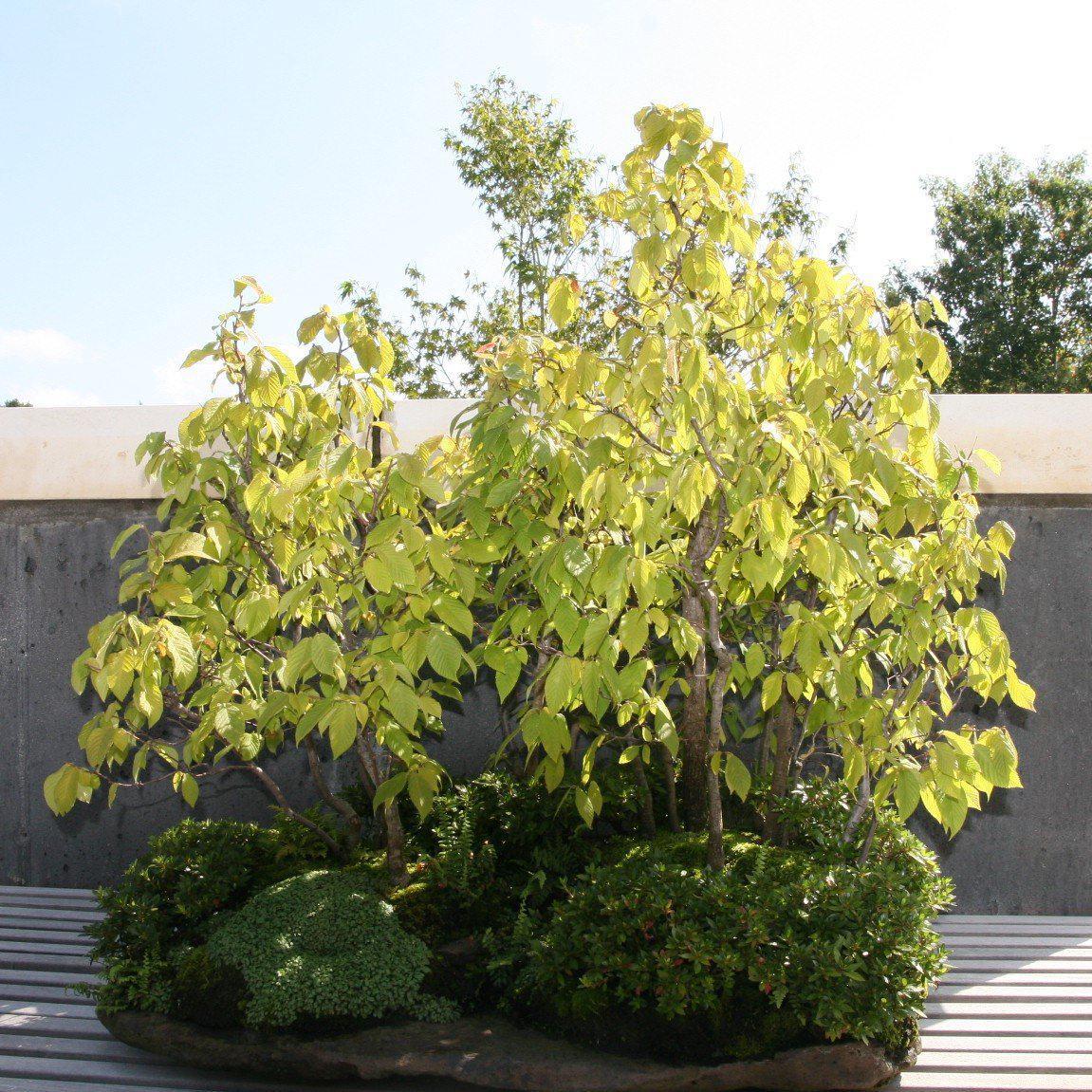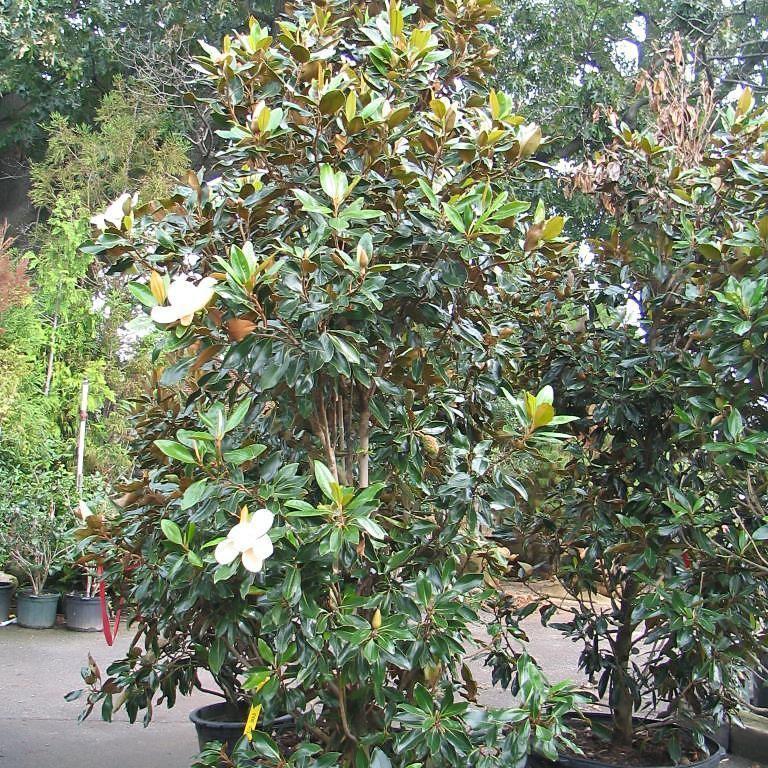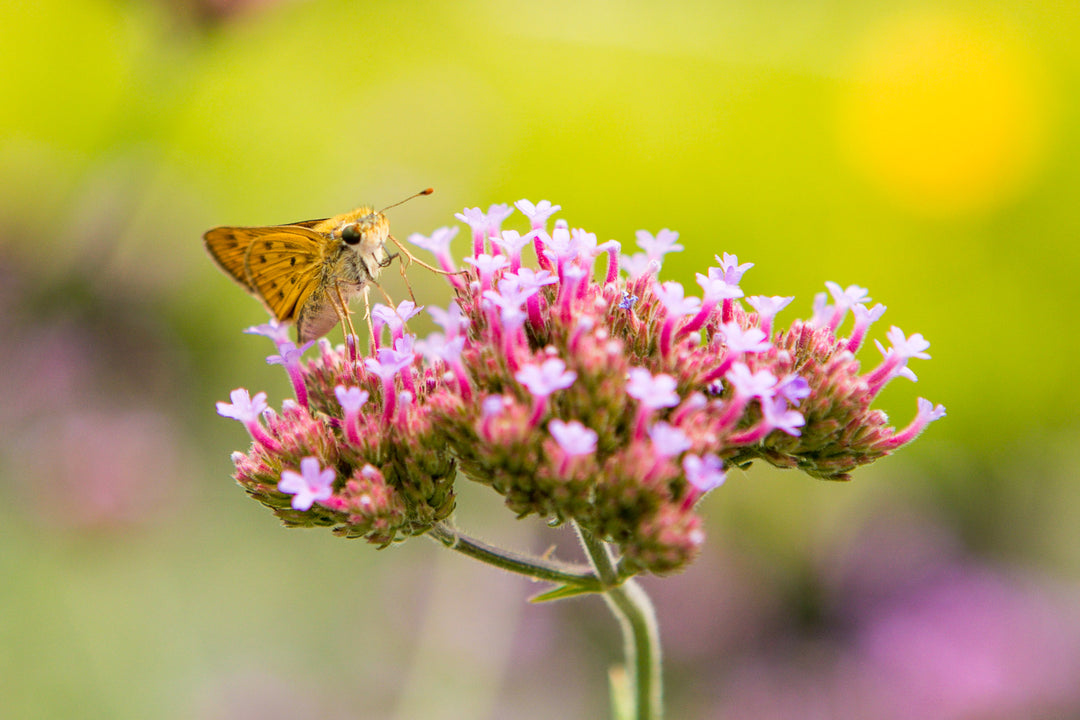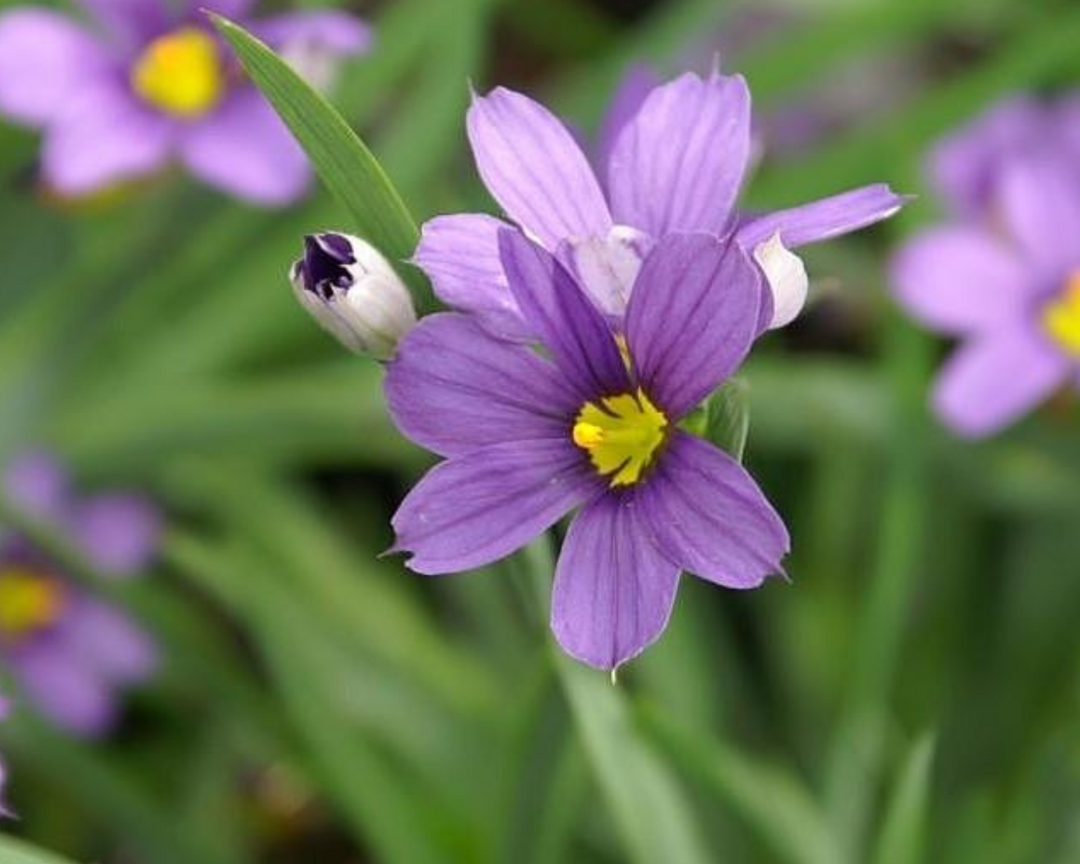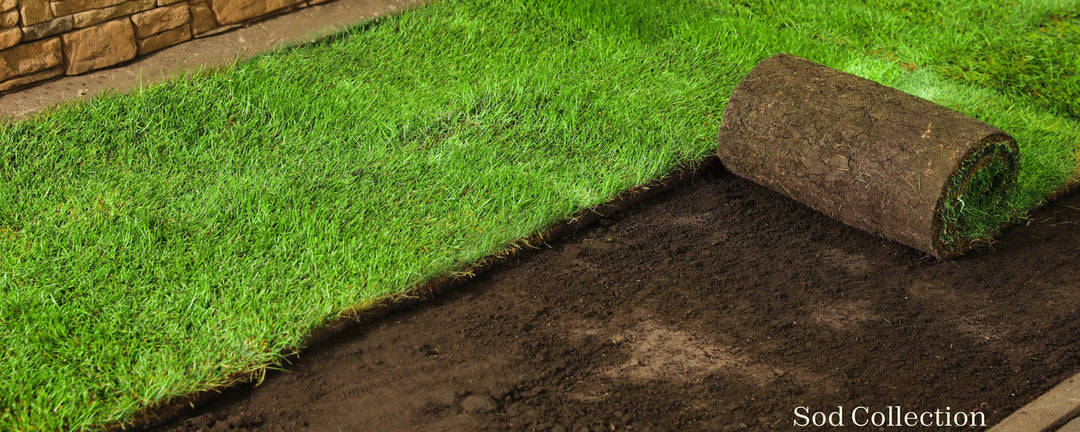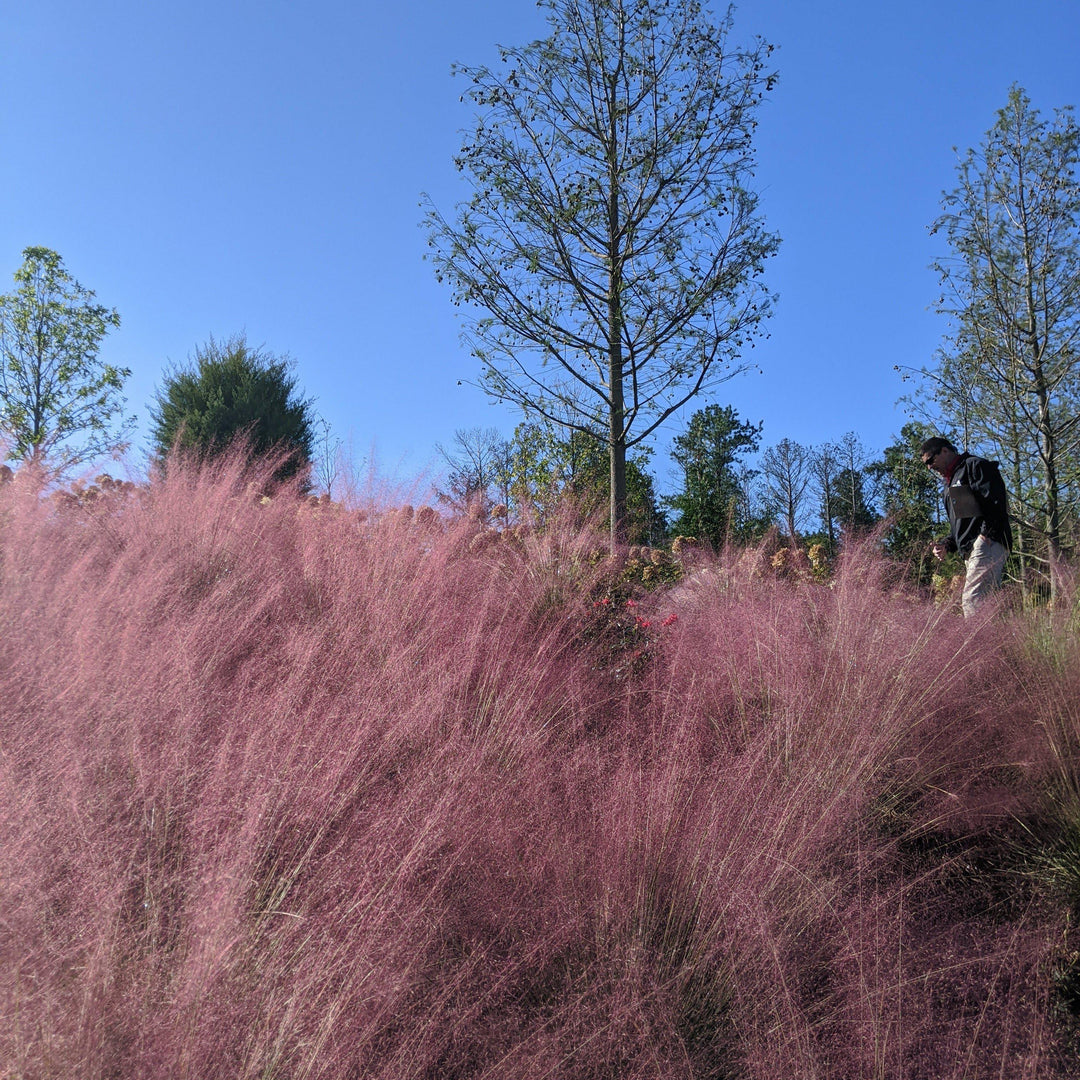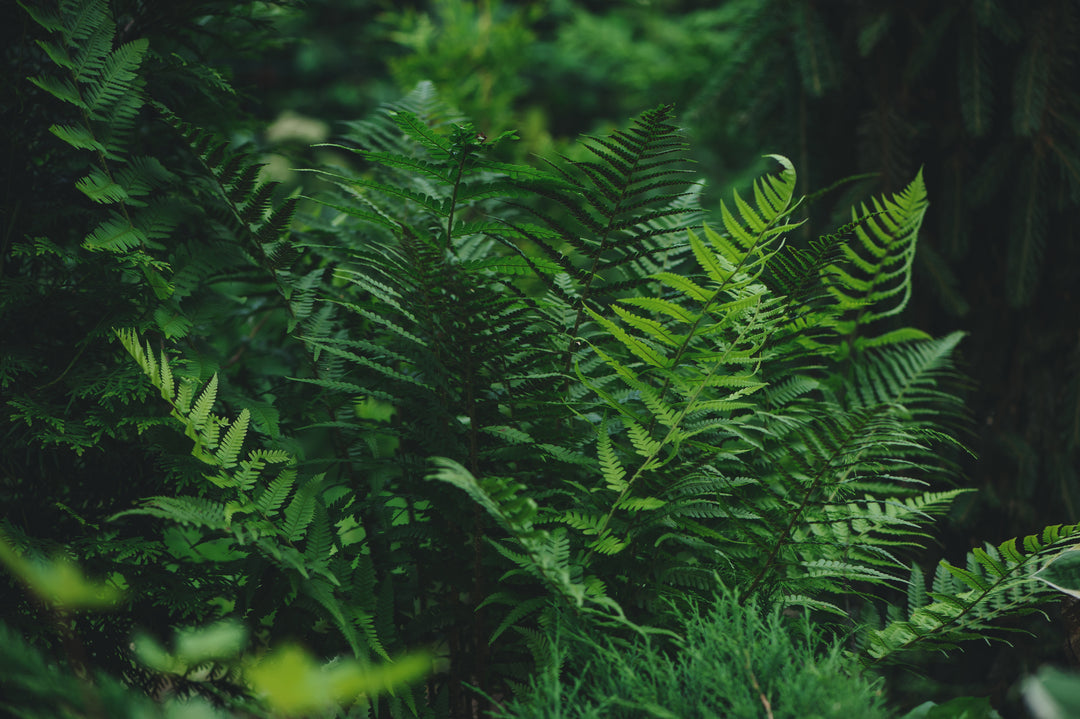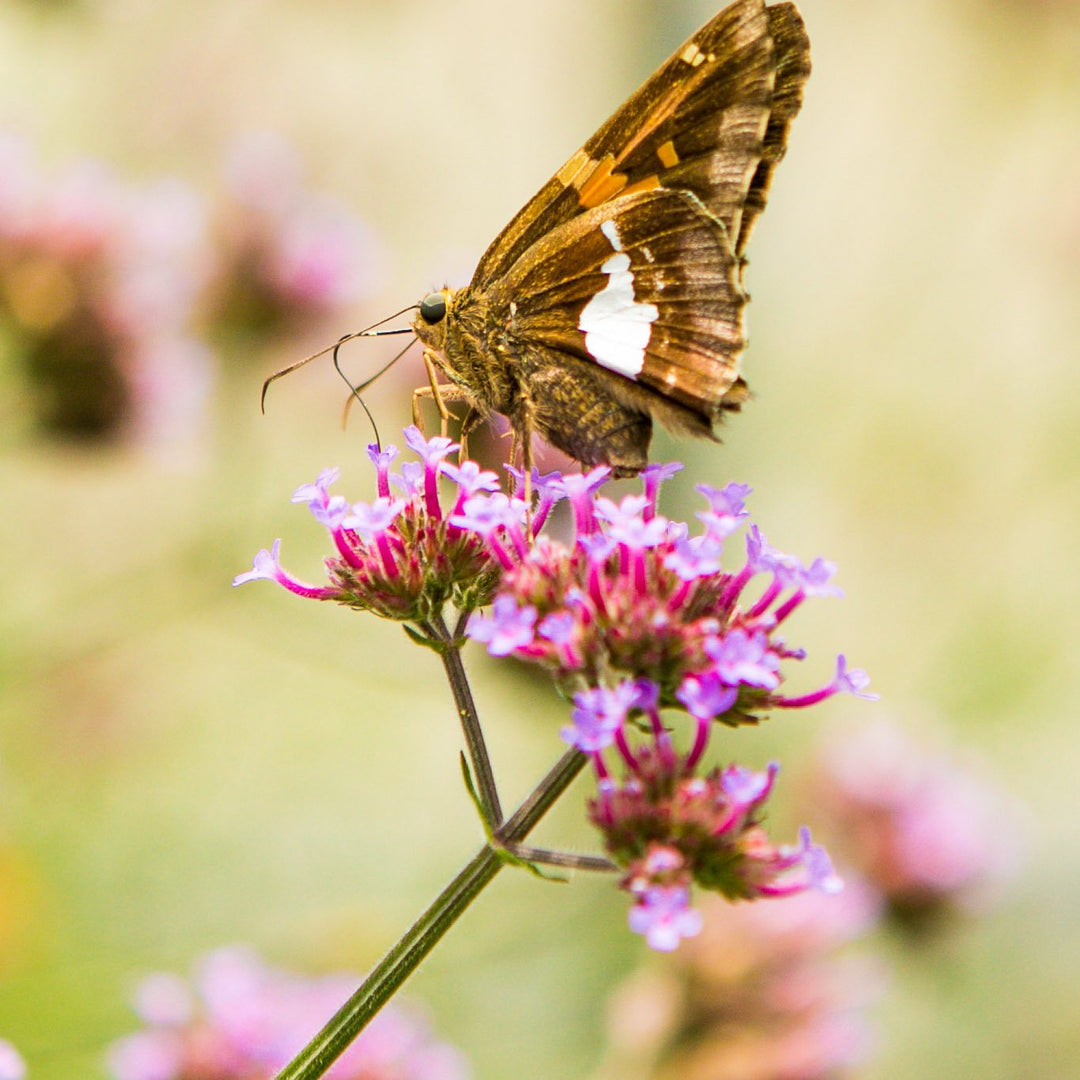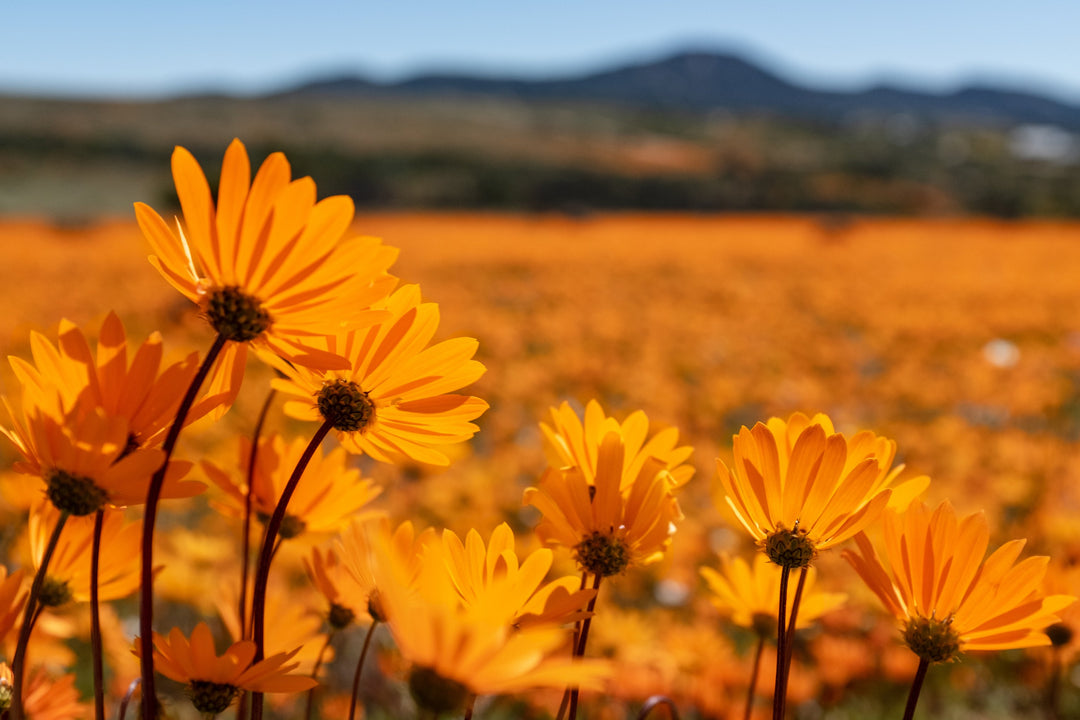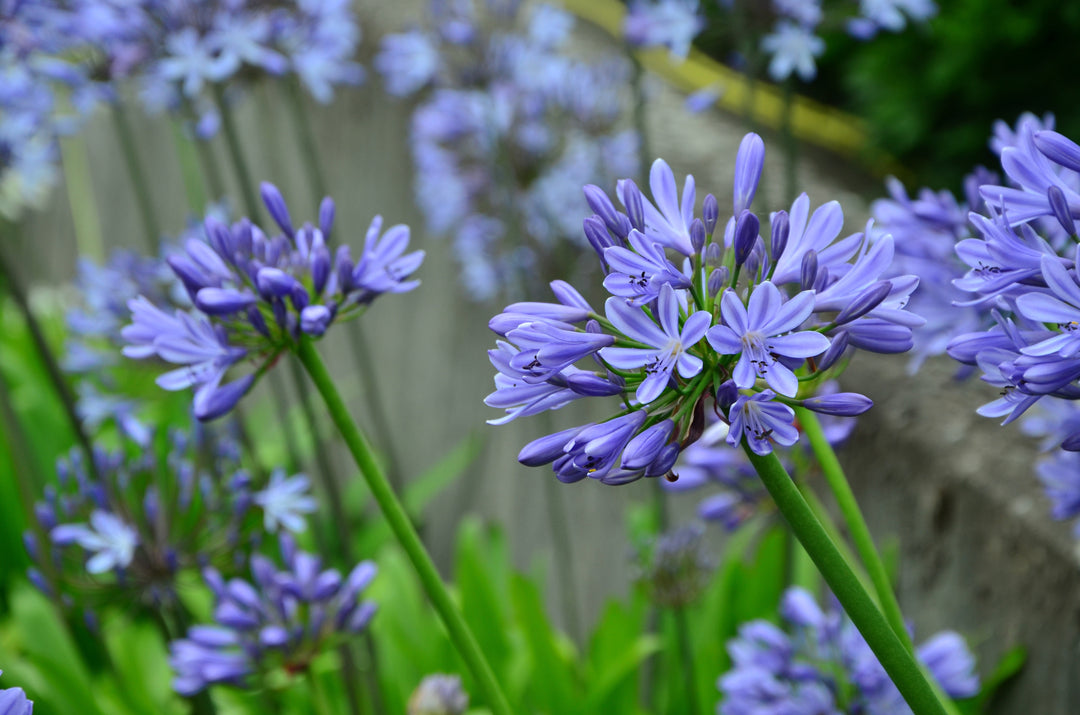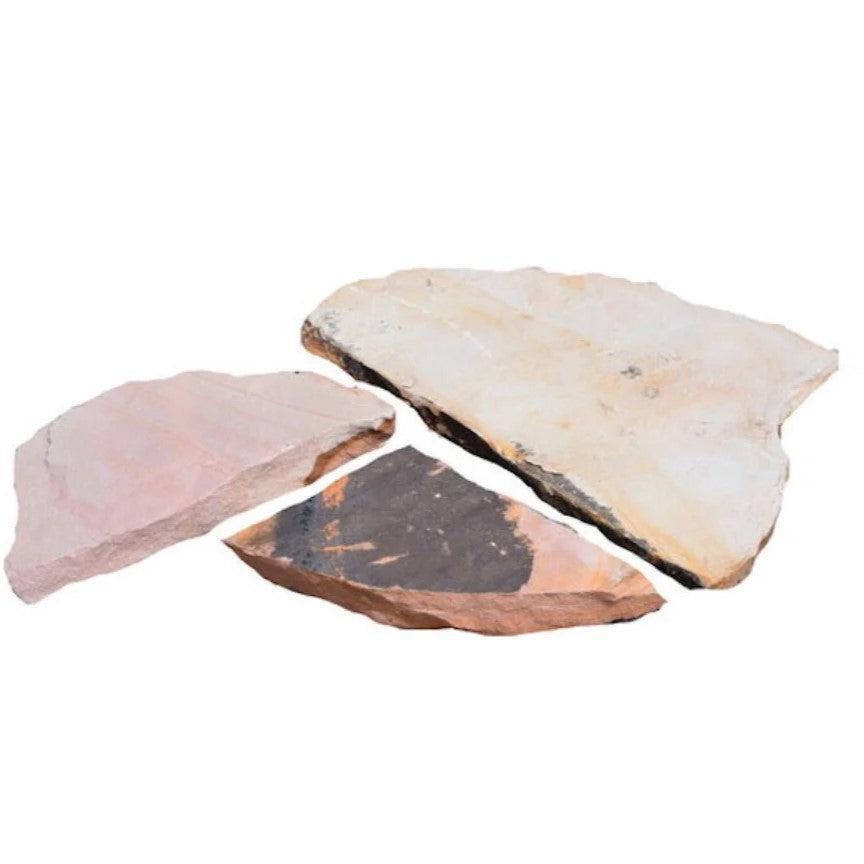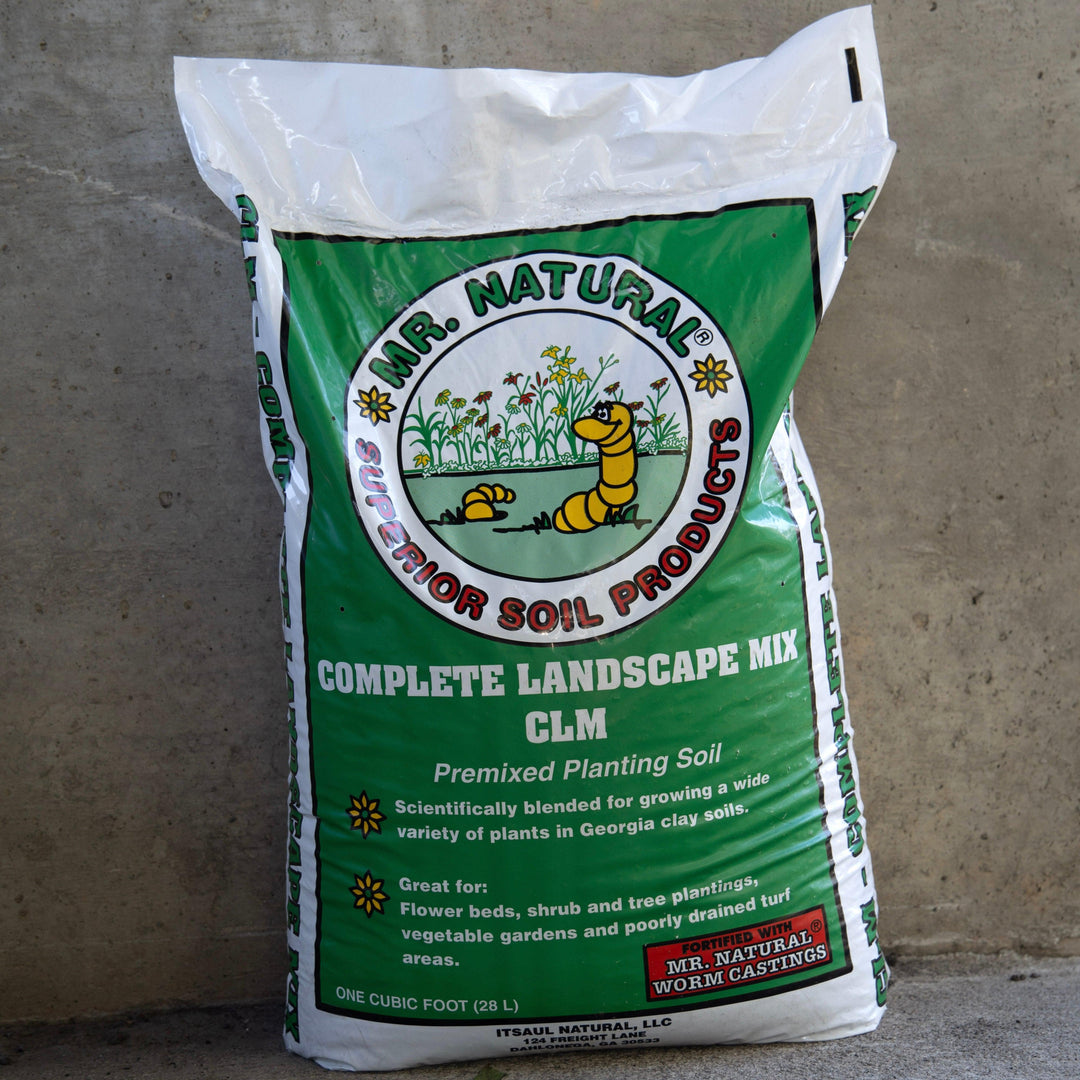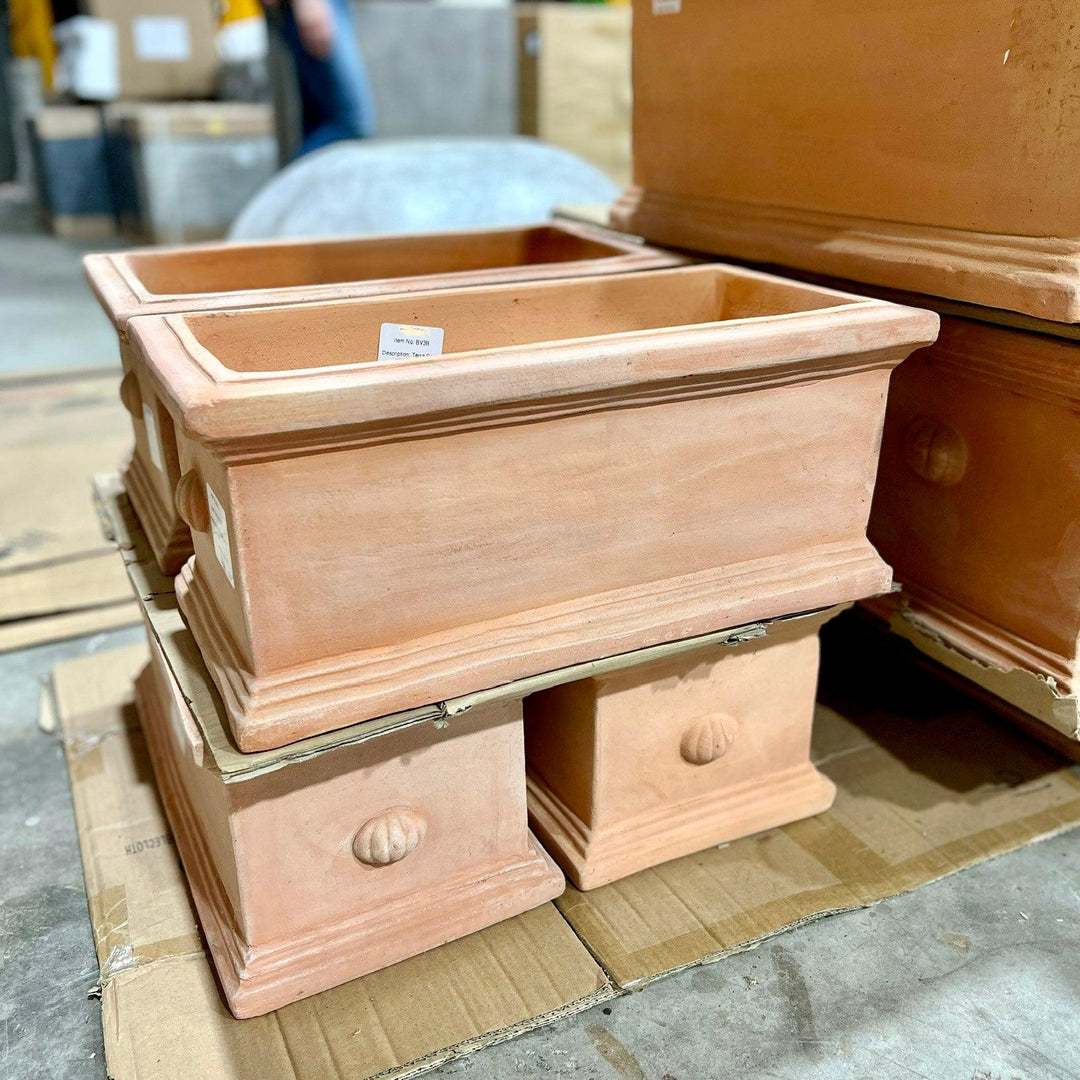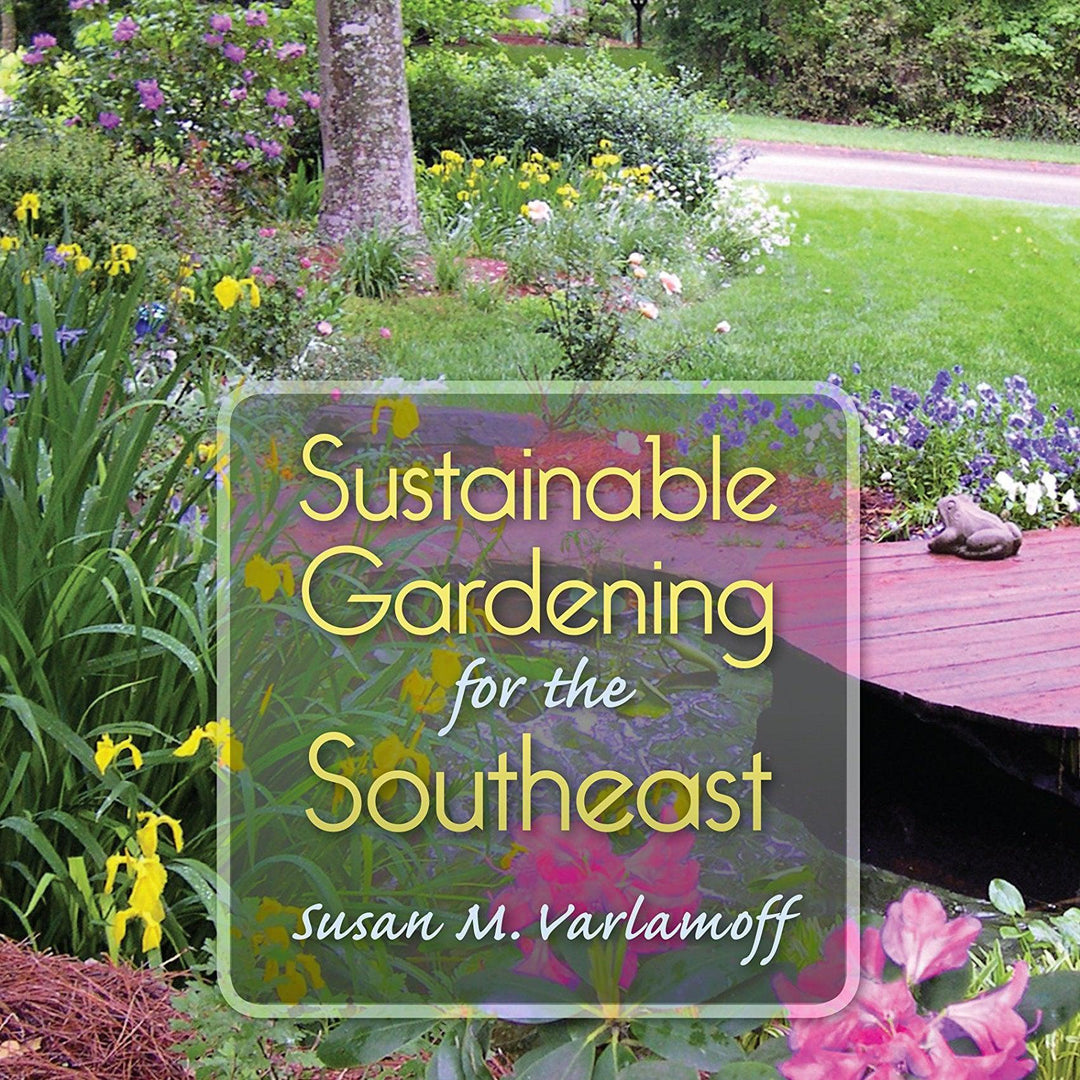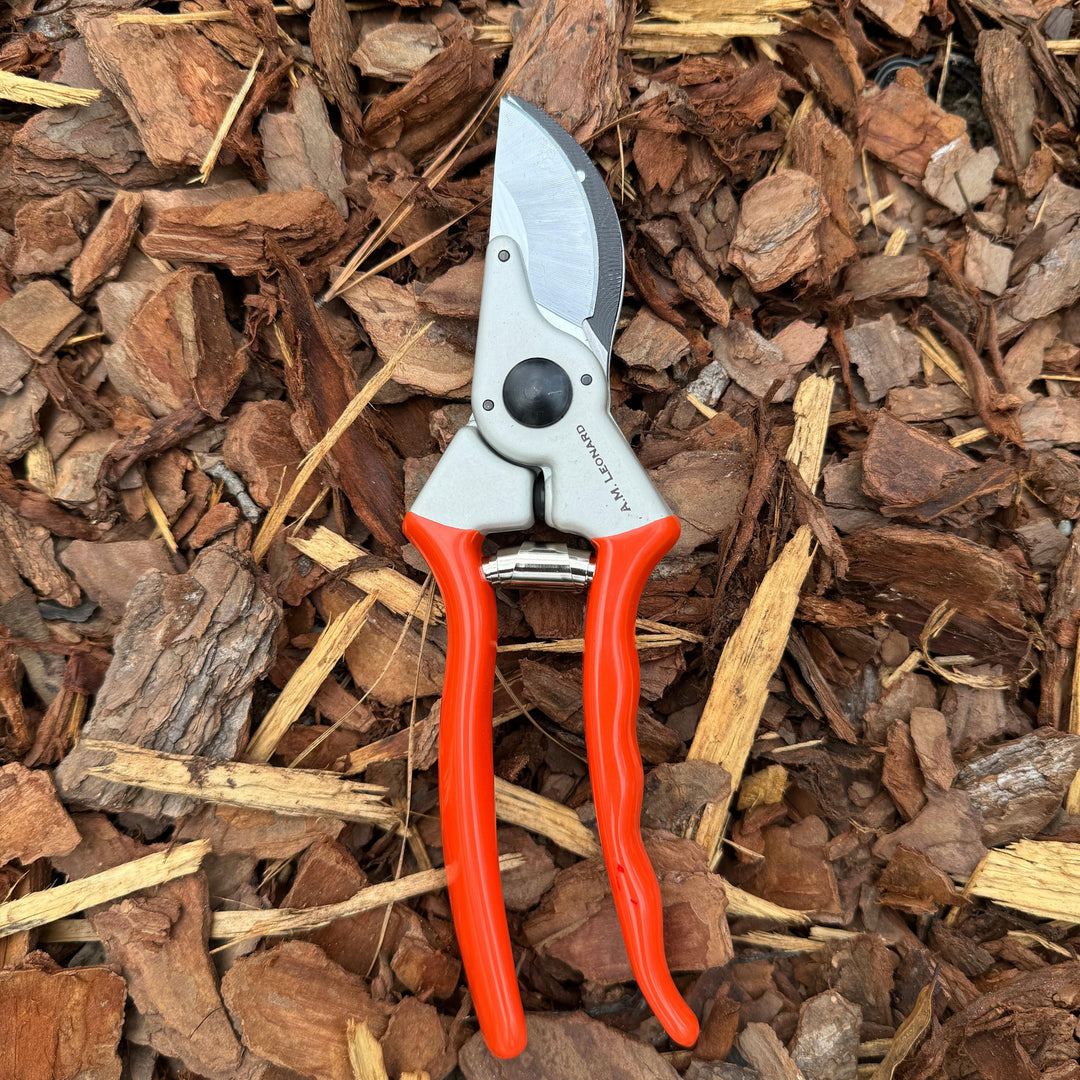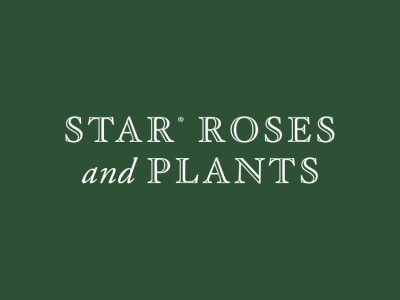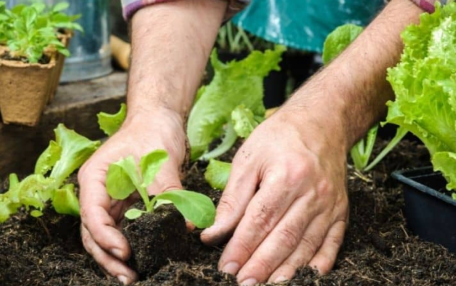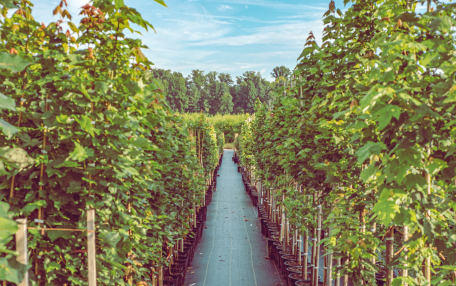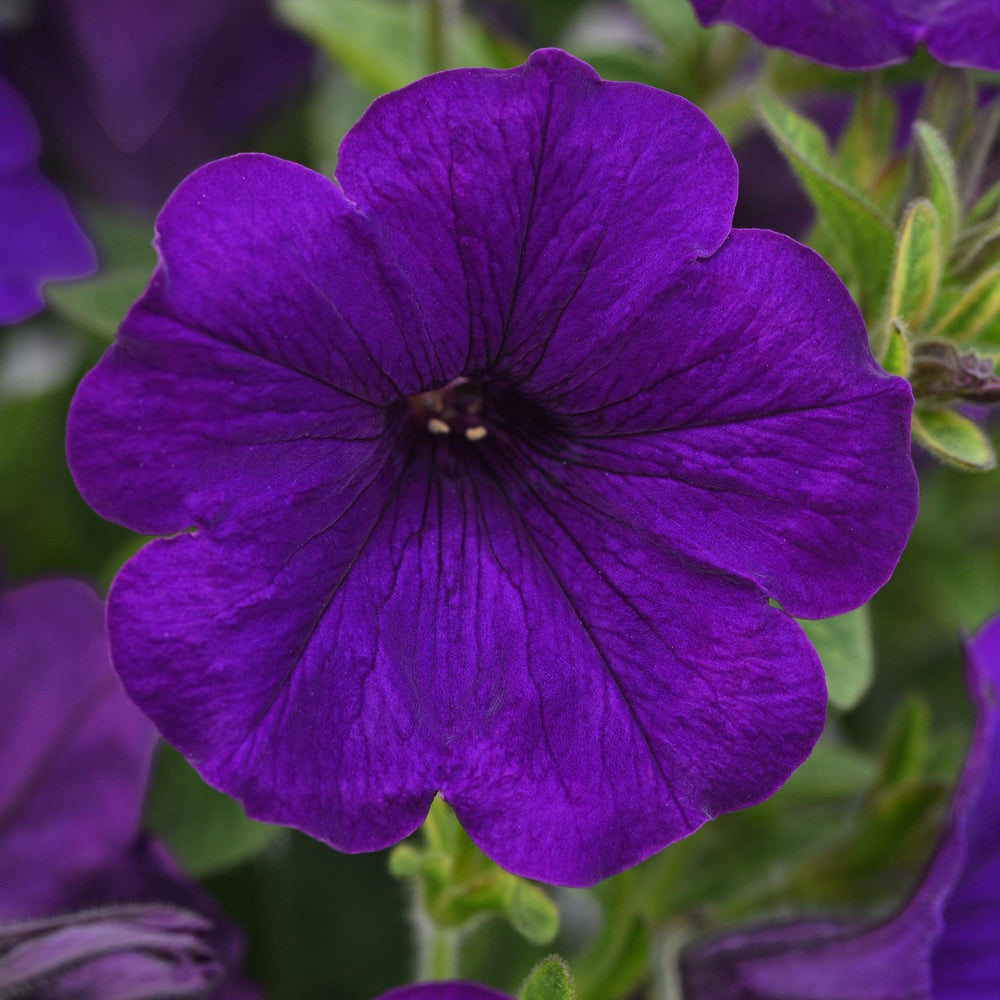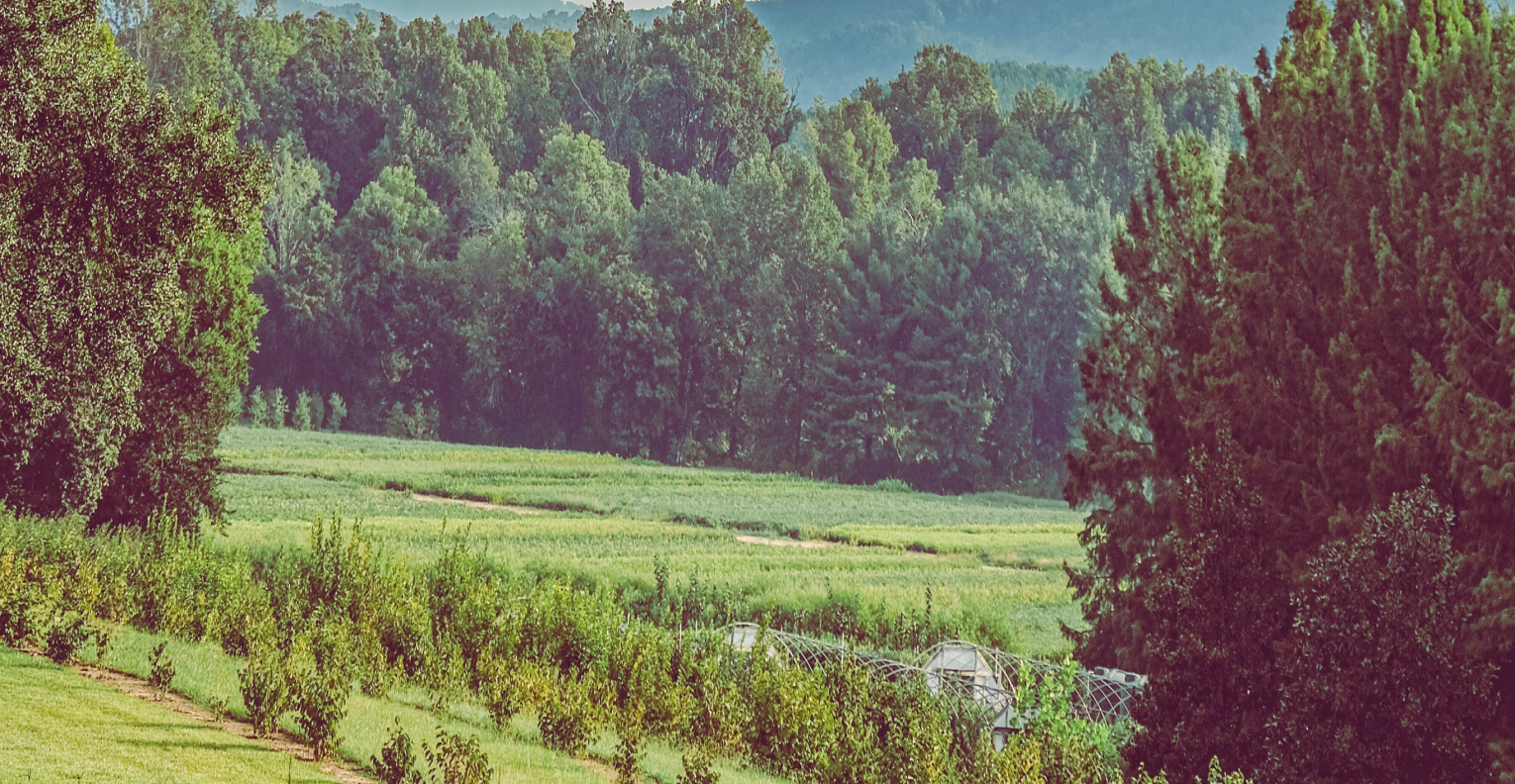The Eastern Hop Hornbeam, also known as Ostrya virginiana, is a small to medium-sized deciduous tree native to eastern North America. Here's some information about it:
-
Appearance: The Eastern Hop Hornbeam typically grows to a height of 30-40 feet (9-12 meters) with a spread of 20-30 feet (6-9 meters). It has a slender, upright form with a rounded crown. The bark is grayish-brown and develops a shaggy texture as the tree matures.
-
Leaves: The leaves of the Eastern Hop Hornbeam are alternate, simple, and serrated. They are dark green during the summer and turn yellow or yellow-brown in the fall, adding a touch of autumn color to the landscape.
-
Flowers: In the spring, the Eastern Hop Hornbeam produces inconspicuous flowers that are not particularly showy. The male flowers are catkins, while the female flowers are small and greenish.
|
Type: |
|
|
Height: |
25’ - 40’ |
|
Spread: |
20’ - 30’ |
|
Spacing: |
25’ |
|
USDA Hardiness Zone: |
3 - 5 |
|
Culture: |
|
|
Bloom Color: |
Brown(male), Green(female) |
|
Season of Interest: |
MAINTENANCE NEEDS: Low Maintenance. Intolerant of salt and heavy air pollution.
LANDSCAPE USES: Accents or Group Plantings, Borders, Woodland Gardens, Naturalized Areas, Native Gardens, and Shade Tree.
COMPANION PLANTS: Witch Hazel, Oak, Japanese Maple
Image: Photo by David J. Stang, Ostrya virginiana 11zz, CC BY-SA 4.0


